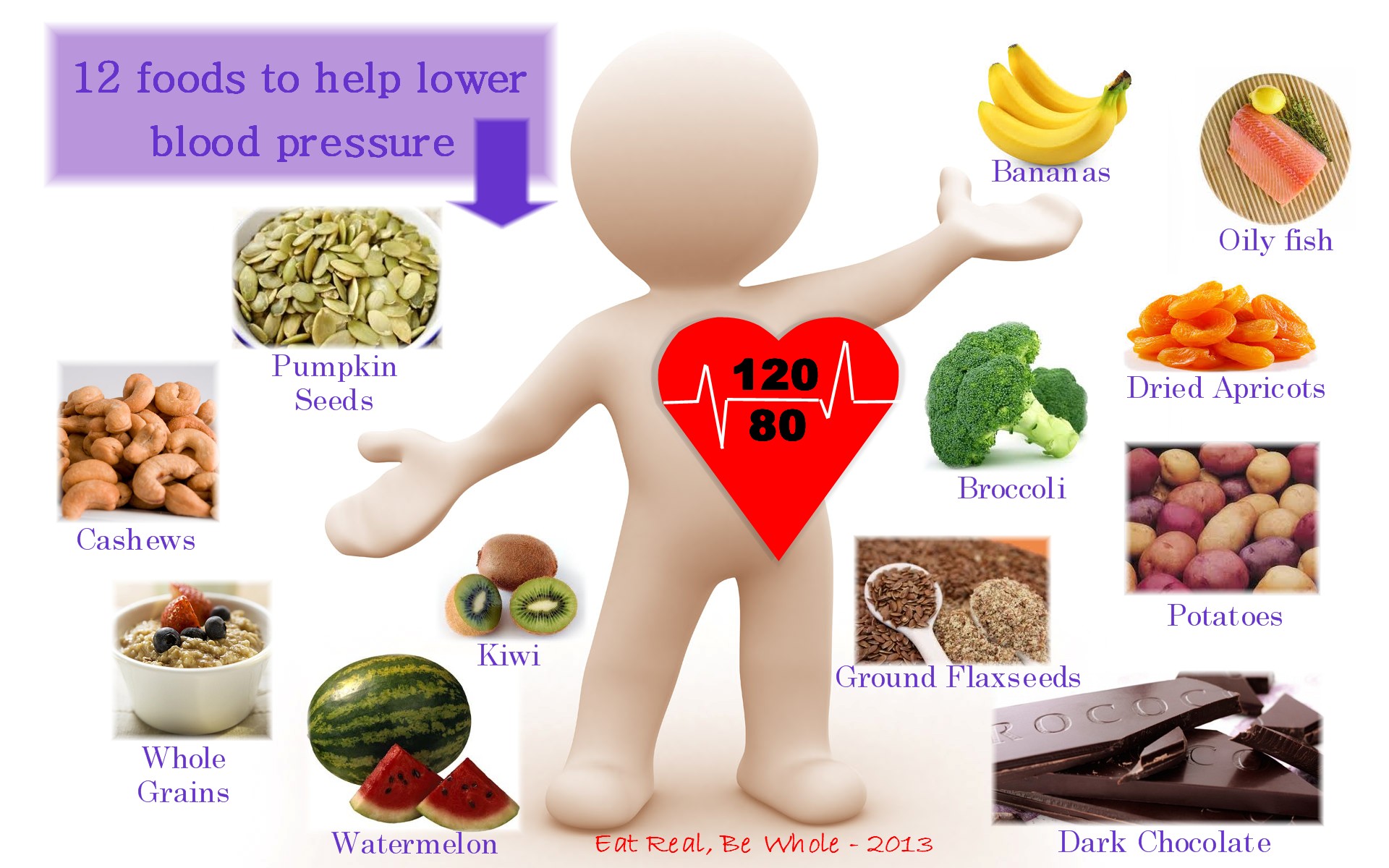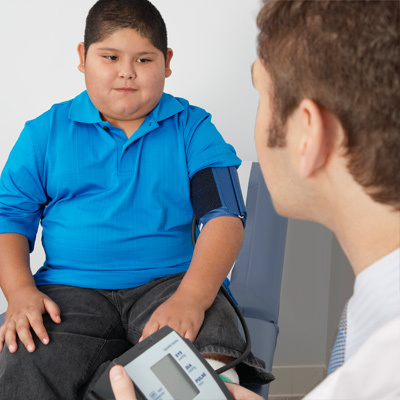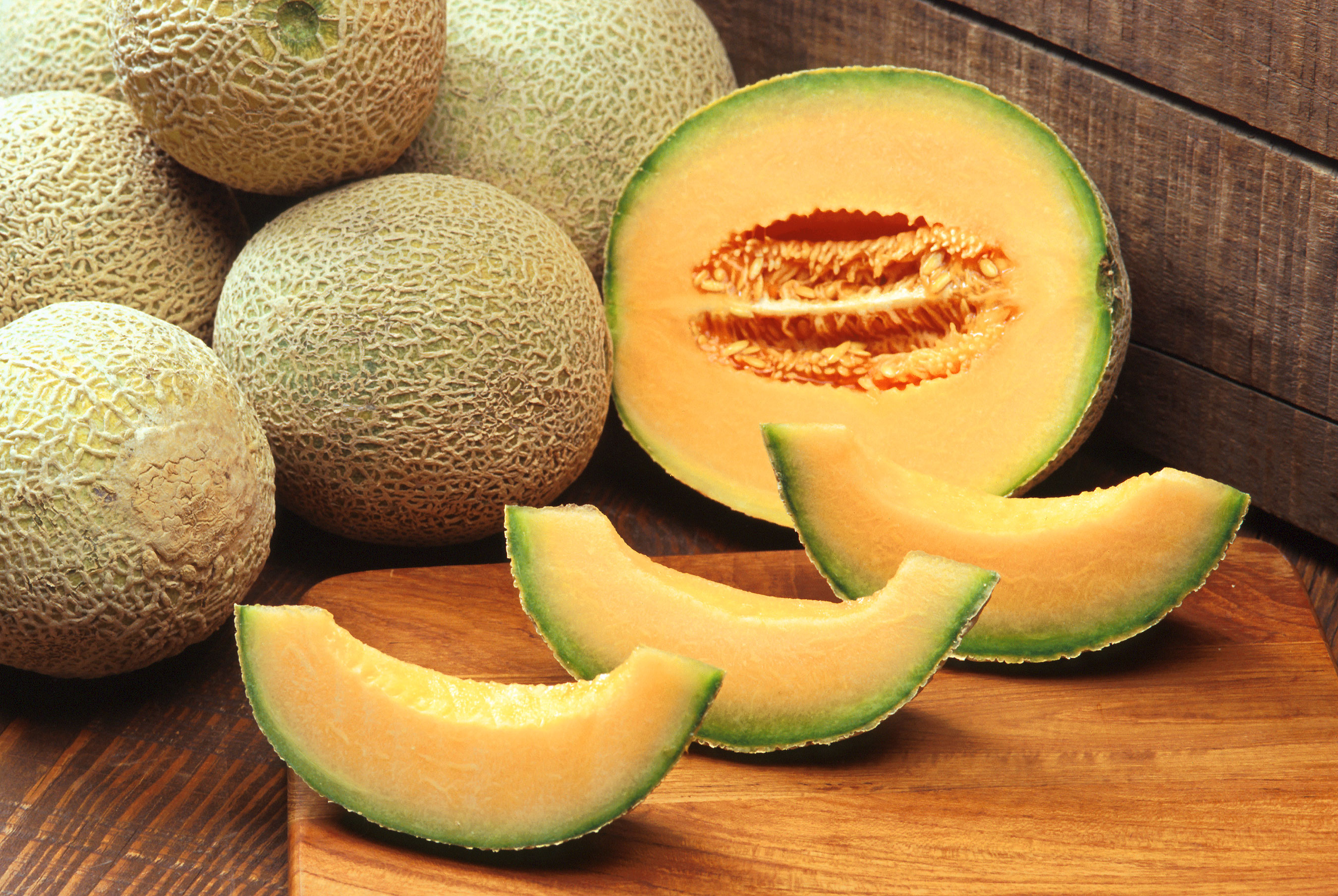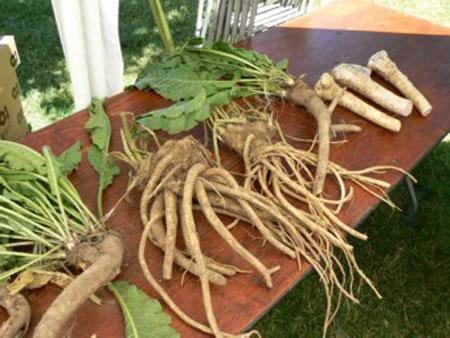Want to lower your blood pressure?
First, make sense of the numbers.
Blood pressure is recorded as two numbers that are written as a ratio: Systolic (the top number) measures the pressure in the arteries when the heart beats, and diastolic (the bottom number) measures pressure in the arteries between heartbeats. Healthy people should aim for a systolic blood pressure less than 120 millimeters of mercury and a diastolic blood pressure less than 80 mmHg. Any higher doubles the risk of heart disease.
The plant-based answer.
If you’re overweight or have high blood pressure – or both – changing your diet can make a significant difference. “Getting meat off your plate is a good idea,” Barnard says, pointing out that plant-based foods, in their natural state, have almost no sodium and are rich in potassium. Those two factors go a long way toward cutting blood pressure and reducing the risk of heart disease.
Reduce salt.
Adults should consume less than 1,500 milligrams of sodium a day, Barnard says. Instead of adding salt to your favorite meals, experiment with spices and herbs – think cinnamon, pepper, curry powder and cilantro. Reading nutrition labels will also go a long way; pay particular attention to sodium content in packaged meals, snacks and canned food, which can supply a day’s worth of salt in one serving.
Load up on potassium
Aim for 4,700 milligrams a day. Foods rich in potassium help your blood pressure naturally fall, and bananas aren’t the only option. One cup of tomato paste provides 2,657 milligrams; a cup of bok choy provides 631 milligrams; and one cup of Brussels sprouts provides 495 milligrams, for example. Other smart choices include lentils and beans – have a cup of lentil soup – and orange fruits and veggies, like butternut squash.
Veggies
It’s not revolutionary advice, but it works: Add veggies to your plate, and add a lot of them. Barnard suggests loading up on green, leafy choices, such as kale and spinach, which pack a hefty dose of calcium and iron. Make sure you get some orange choices, too, since they’re rich in beta carotene. One caveat: Check canned veggies to make sure they’re sodium-free, or rinse them off before eating, which Barnard says will do the trick
Fruit
You heard us: Go fruit crazy. Your favorite fruits are high in vitamins, minerals and fiber and low in fat and calories. “You don’t have to sit down and eat six oranges,” Barnard says. “It can be oranges and apples and tangerines and plums and raisins – even juices.” Try mixing fresh fruit into pancakes, waffles or muffins, prepare a green smoothie, or freeze 100 percent fruit juice in a freezer tray overnight to create healthy pops.
Whole grains
There’s an “enormous range” to choose from, Barnard says. Consider that Asian traditions prefer rice; Native Americans and Latinos like corn (tortillas or corn on the cob); and Europeans opt for bread and pasta. “They’re all fine,” Barnard says. “There’s a fad that comes back every year saying not to eat wheat or carbs, but listening to that sort of advice isn’t a good idea.”
Legumes
Beans of all varieties help keep your blood pressure in check. They have no cholesterol and very little fat – and they’re packed with important minerals and fiber. But keep in mind: “If people overdo it with beans real quickly, they might get some gassiness or indigestion,” Barnard says. “The answer is to make sure they’re well cooked – and start with small portions while you’re adapting to it.”
What to avoid
If you’re worried about your blood pressure, steer clear of high-sodium choices, such as packaged snack foods, potato chips, canned products and cheese. Foods high in saturated fat – think bacon and pizza – also tend to raise blood pressure. “You eat those things, and the particles of saturated fat get into your blood and make it thicker – more like grease and less like water,” Barnard says. “So the heart has to push to get this sludgy blood moving, and that’s why blood pressure goes up.”
Source: US news health











